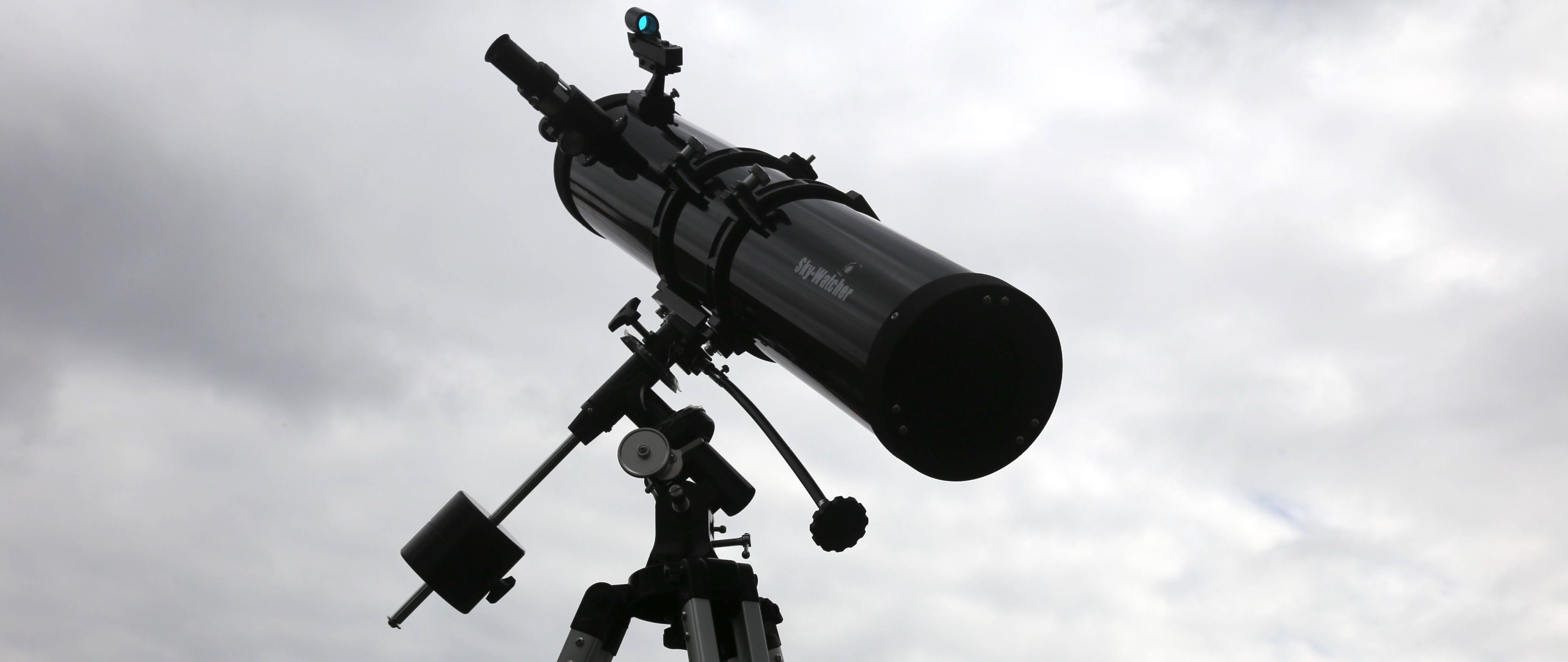Space Verdict
A good choice for serious beginners on a budget, the versatile Sky-Watcher Explorer 130's equatorial mount lacks a little precision yet remains an effortless way to explore the night sky through a reflector with plenty of aperture.
Pros
- +
Affordable equatorial mount
- +
Good optics
- +
Slow motion controls
- +
Low price
Cons
- -
Heavy, so more difficult to transport
- -
Basic red dot finder
- -
EQ mount lacks precision
- -
Manual targeting
Why you can trust Space.com
The Sky-Watcher Explorer 130 telescope ($236/£195) has something most affordable telescopes lack. It ships with an equatorial mount (EQ2), which when aligned with Earth's axis (something that's extremely easy to do) allows it to more easily track objects as they appear to move across the night sky.
Optical design: Newtonian reflector
Aperture: 5.1-inch/130 mm
Focal length: 35.4-inch/900 mm
Focal ratio: f/6.9
Eyepiece focal length: 0.39-inch/10 mm (30x) and 0.98-inch/25 mm (75x)
Total kit weight: 27.8 lbs/12.6 kg
Mount type: German equatorial (EQ2)
Since most affordable telescopes can be tricky to precisely position, this gives it an immediate advantage over the competition. However, this Newtonian reflector also has plenty of aperture and good quality optics that make it a good beginner's telescope for exploring the brighter deep sky objects as well as the moon and planets.
However, the Explorer 130 does have a learning curve that's steeper than its simpler rivals. Here's what you need to know about the Explorer 130.
Sky-Watcher Explorer 130 EQ2 telescope review: Design
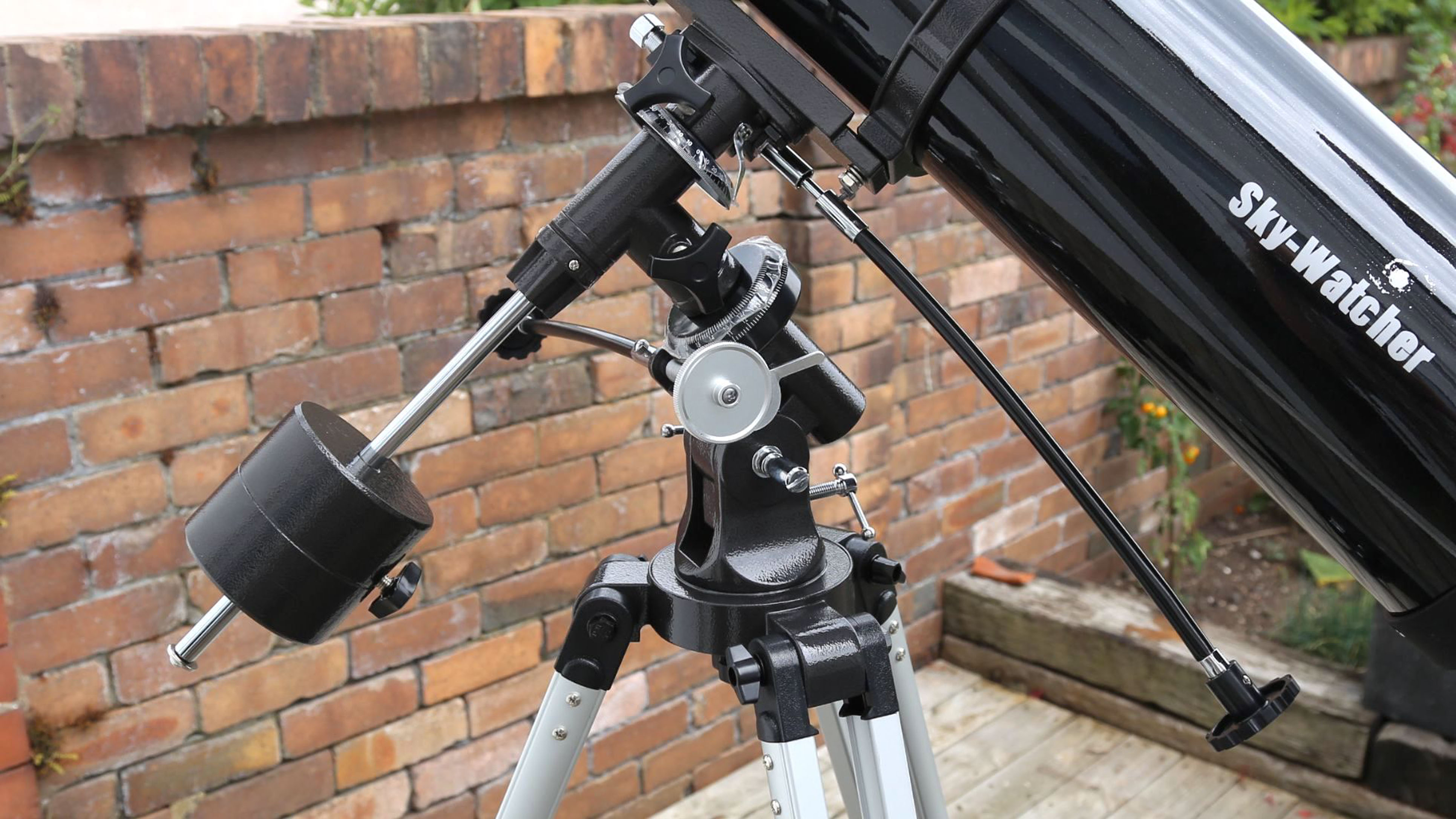
- Equatorial mount (EQ2)
- Counterweight for balance
- Barlow lens for close-ups
At its core, this is a Newtonian reflector telescope with an aperture of 5.1"/130 mm, which is about the minimum required to begin exploring the deep sky. Don't be scared off by its equatorial mount. It's not as intuitive as alt-azimuth mounts that almost all beginners telescope use, largely because it goes beyond merely manipulating the telescope up or down (altitude) and left and right (azimuth). However, it is a much better mount for a telescope than alt-azimuth. An equatorial mount instead has the same two axes, but one of them has a polar axis tilted so it's parallel to Earth's axis. If you use it in the northern hemisphere then it needs aligning to Polaris, the North Star, with a dial on the side for the user to set for the latitude of the observing site. For example, for London it's 51º, for New York it's 41º and for Los Angeles, it's 34º.
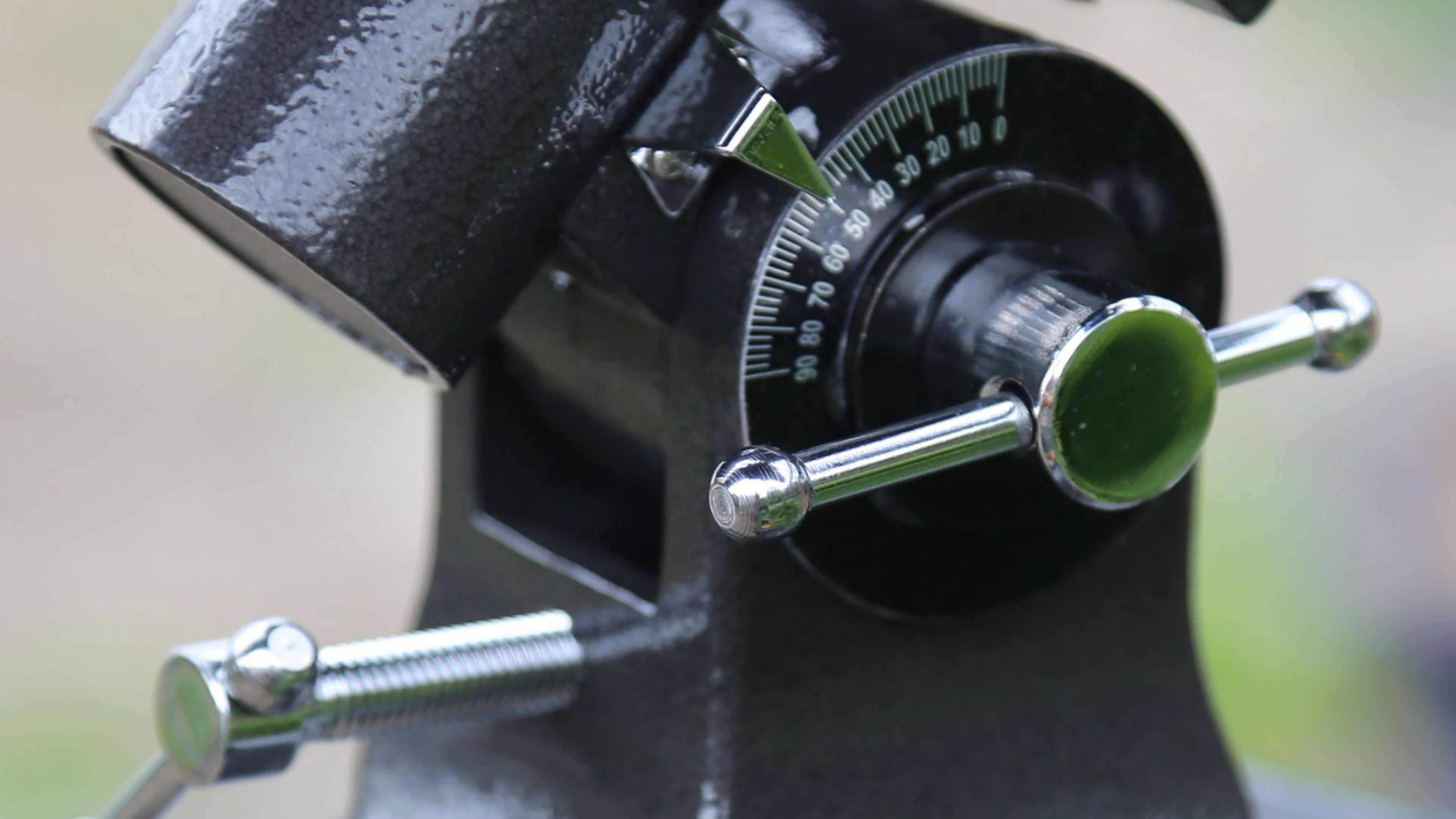
EQ2 equatorial mount
Red dot finder
2x Barlow lens
Aluminum tripod
Accessory tray
It's not immediately intuitive to use and the instructions that come with the Explorer 130 aren't that great, but it's worth persevering with. Why? The Earth rotates quickly, meaning that any object you get in your eyepiece soon drifts out of it. With the Explorer 130 aligned to exactly how the night sky moves it's easy to follow objects on or near the ecliptic — the Moon and the planets — just by manipulating a couple of fine hand controls on the Explorer 130. Slewing from object to object is easier and faster, too, because the mount gives a lot of freedom of movement.
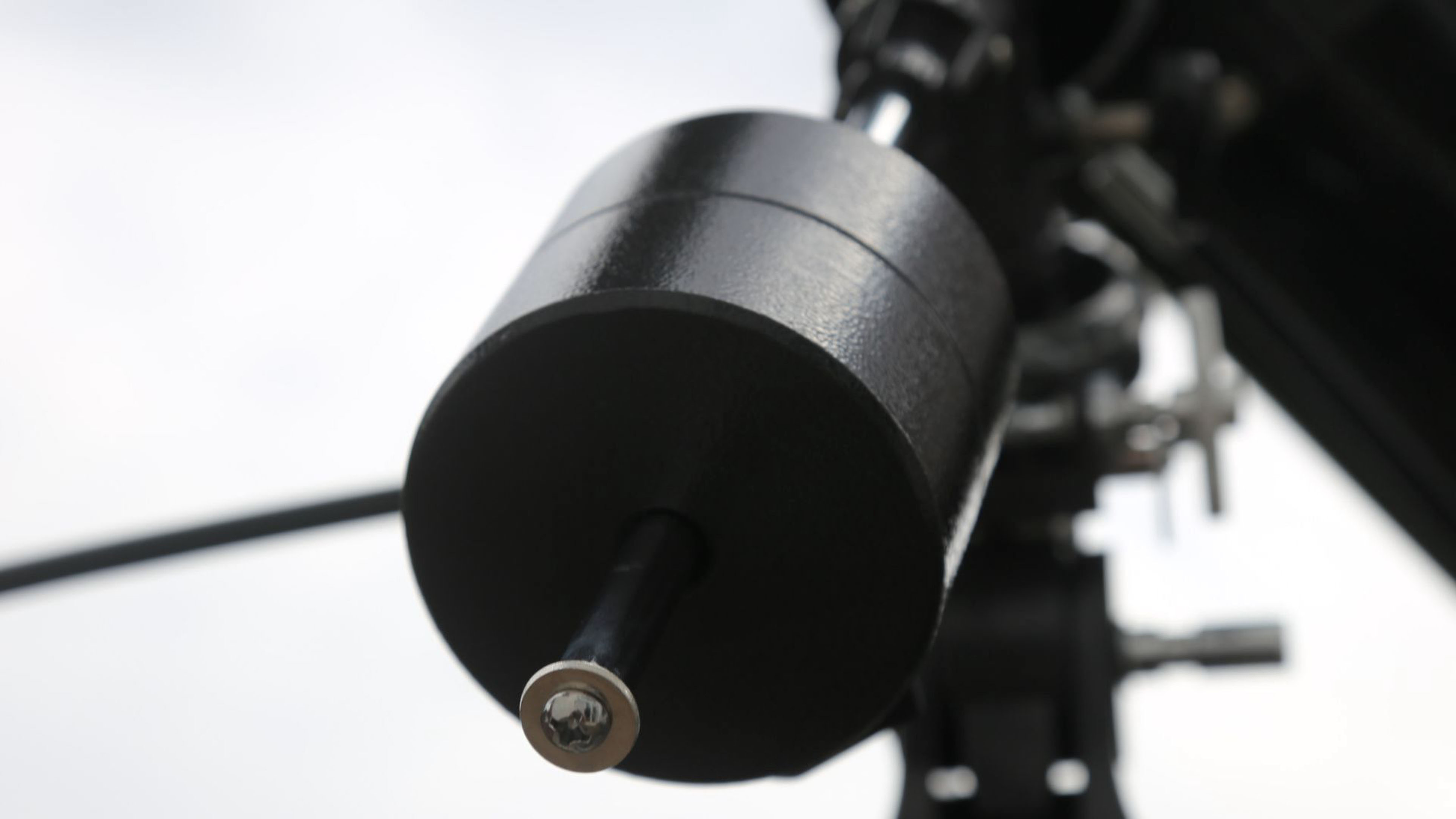
Sky-Watcher Explorer 130 EQ2 telescope review: Performance
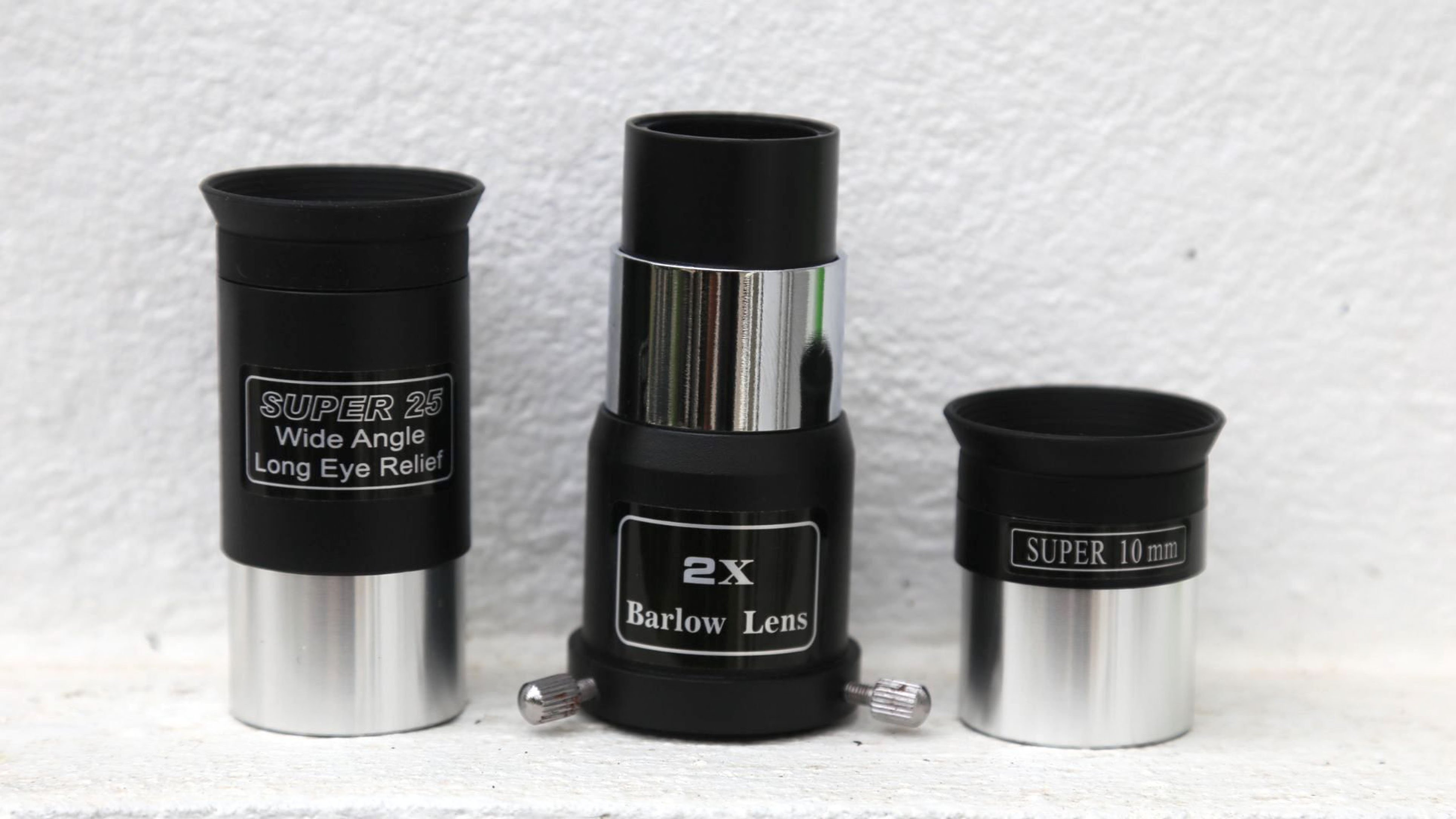
- Excellent lunar and planetary views
- Good for brighter star clusters
- High magnifications are possible
Like many other affordable telescopes, the Explorer 130 is primarily aimed at those wanting to get good views of the moon, planets and brighter deep sky objects such as star clusters and galaxies, but it does have a few advantages over the competition. Aside from its equatorial mount, the Explorer 130's reasonably long tube length and resulting f/7 rating makes it possible to go to reasonably high magnifications. So, for once, the inclusion of a Barlow lens actually makes sense. Although never gets much beyond what we expect at this price point, we were able to pop the Barlow lens on with the 25mm eyepiece for 75x magnification and reasonably sharp views of the Jovian System, with Jupiter's moons easily visible as bright worlds clustered on one side of the giant planet.
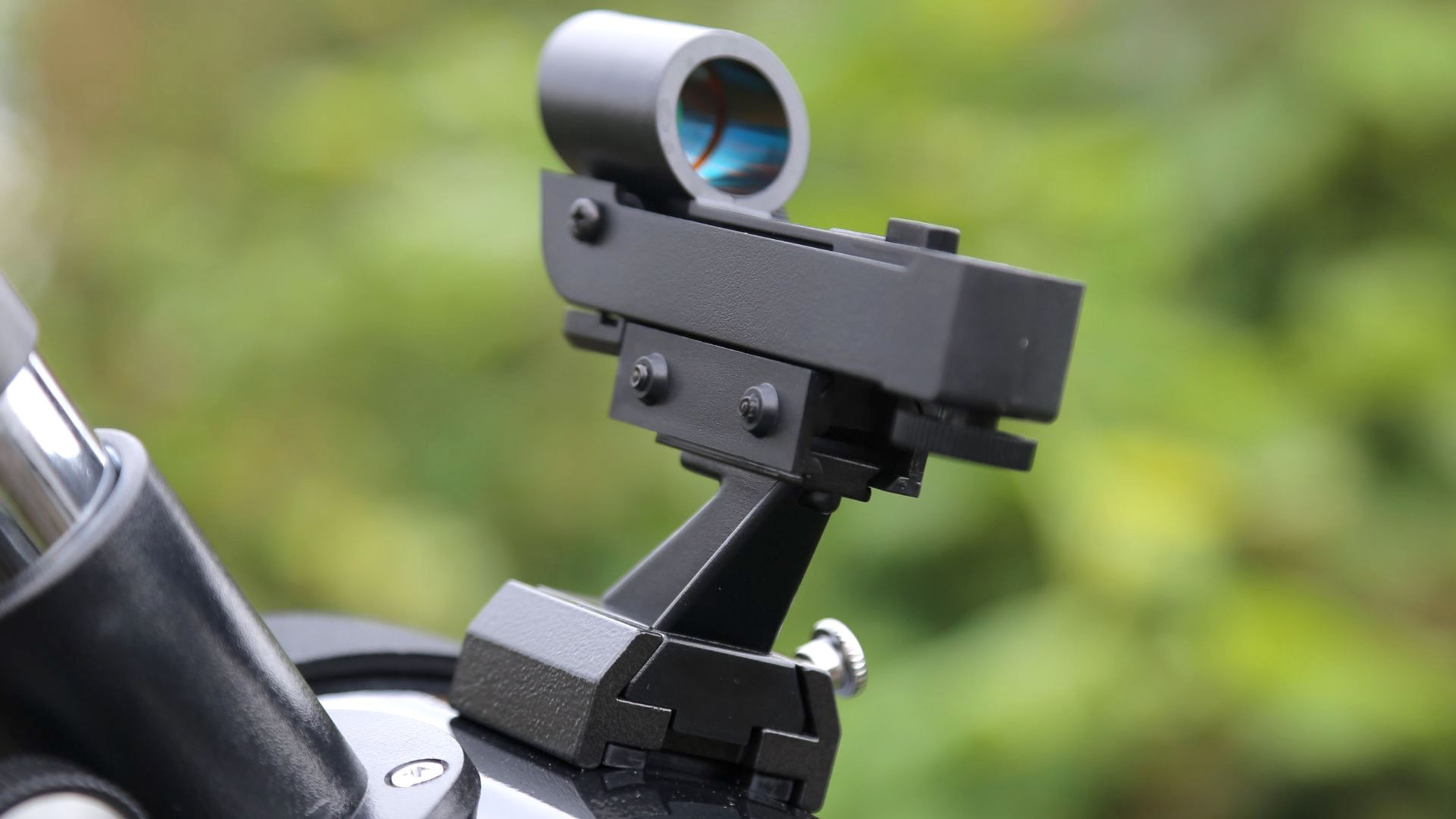
Saturn's rings, too, impressed, though that Barlow lens does introduce some distracting chromatic aberration (false color). We also got good, clear views of the Double Cluster in the constellation of Perseus, while with the 10mm eyepiece on the Barlow lens (creating 150x magnification) we were easily able to split the blue and gold stars that make up Albireo in the constellation of Cygnus.
Sky-Watcher Explorer 130 EQ2 telescope review: Functionality
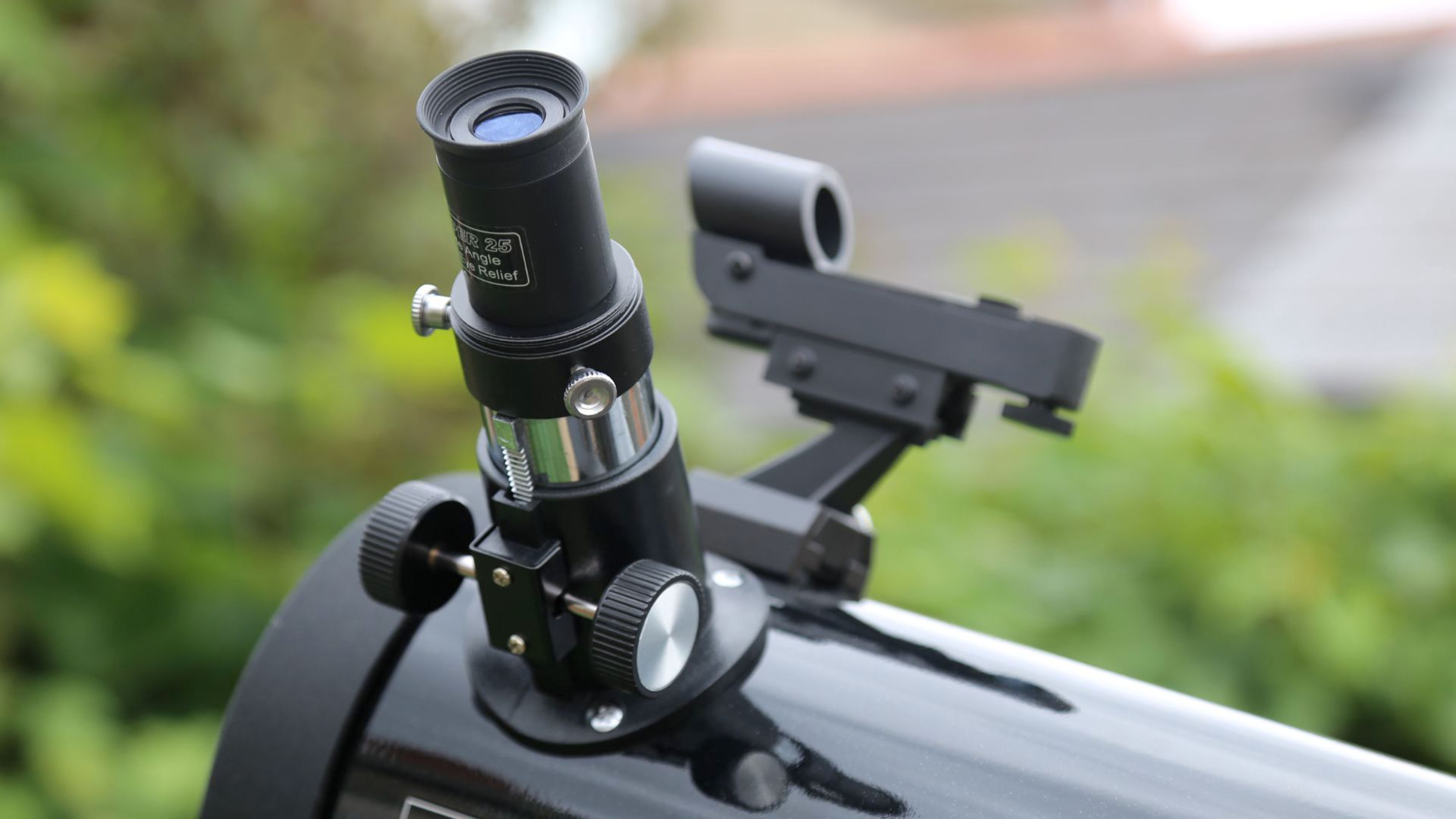
- Fluent movement
- Lacks precision and clutch
- Very heavy
Don't plan on taking the Explorer 130 anywhere. If you master the EQ mount and set it up you're basically done because when its mount (14.8 lbs/6.7 kg), tube (7.5 lbs/3.4 kg) and tripod (5.5 lbs/2.5 kg) are set up it's just too big and heavy to then take it down travel to dark skies. Although not impossible, we think the Explorer 130 is likely going to stay in one place and it's best stored in its ready-to-observe configuration. So make sure you have significant spare room before buying the Explorer 130.
The EQ2 mount on the Explorer 130 is a step up in terms of functionality and versatility compared to an alt-azimuth, but in terms of quality, it's only just about adequate. It represents an initially steep learning curve that not all users will be happy to take, not only in how the mount actually works but also in finding objects using the right ascension (RA) and declination (often referred to as RA/Dec). These coordinates are the space equivalent of longitude and latitude coordinates on Earth and they're expressed in hours and minutes. It's worth the time to get to know how the EQ mount works and, we guarantee, you'll never want a non-EQ telescope again.
However, the Explorer 130 is not the best EQ mount available. It's something of a surprise to find an EQ mount on a telescope of this low price, but it's not a shock to discover that the EQ mount on the Explorer 130 suffers from a fairly basic build. Although the freedom of movement it gives is excellent, it's not as precise as it could be. The fine hand controls work well, but the rig isn't as steady as it could be and can't be locked into position as reliably as steadfastly as required for total accuracy. The average quality of the bearings means the Explorer 130's EQ mount shouldn't be over-tightened. That said, at this very low price, we're pleased with the mount's overall build and performance.
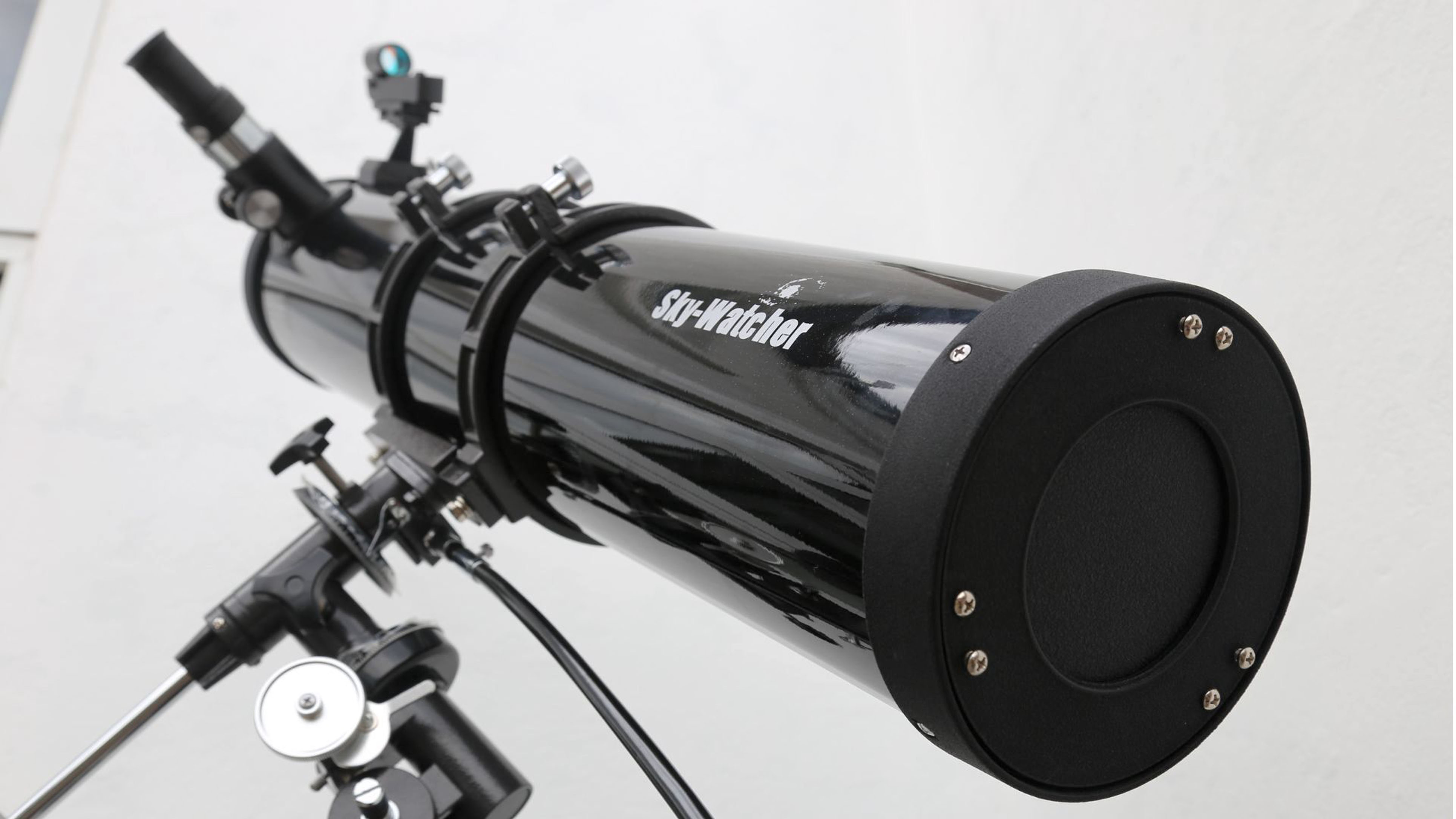
Should you buy the Sky-Watcher Explorer 130 EQ2 telescope?
For the price being asked, we think the Explorer 130 is a good value telescope capable of some impressive views of the moon, planets and bright deep sky objects. Its EQ mount may make it seem a little complicated. However, it's not too difficult to master and it's worth it for the ease of moving the telescope and keeping it trained on planets and the moon. However, that EQ mount and its manual design means some knowledge of the night sky — and the willingness to learn about RA/Dec sky coordinates — is required, while the Explorer 130's weight makes it a telescope to use in one place.
If the Sky-Watcher Explorer 130 EQ2 telescope isn't for you
Another similar Newtonian reflector with a 5-inch aperture is the similarly no-frills Celestron Powerseeker 127 EQ, whose equatorial mount has a similar issue with cheap components. Another Newtonian reflector, but not on an equatorial mount, is the Celestron StarSense Explorer DX 130AZ, which boasts the 'sat-nav for the sky’ StarSense smartphone guiding system, as does the Celestron StarSense Explorer 8-inch Dobsonian, which collects more light, though it is equally as immobile as the Sky-Watcher Explorer 130.
Join our Space Forums to keep talking space on the latest missions, night sky and more! And if you have a news tip, correction or comment, let us know at: community@space.com.

Jamie is an experienced science, technology and travel journalist and stargazer who writes about exploring the night sky, solar and lunar eclipses, moon-gazing, astro-travel, astronomy and space exploration. He is the editor of WhenIsTheNextEclipse.com and author of A Stargazing Program For Beginners, and is a senior contributor at Forbes. His special skill is turning tech-babble into plain English.
